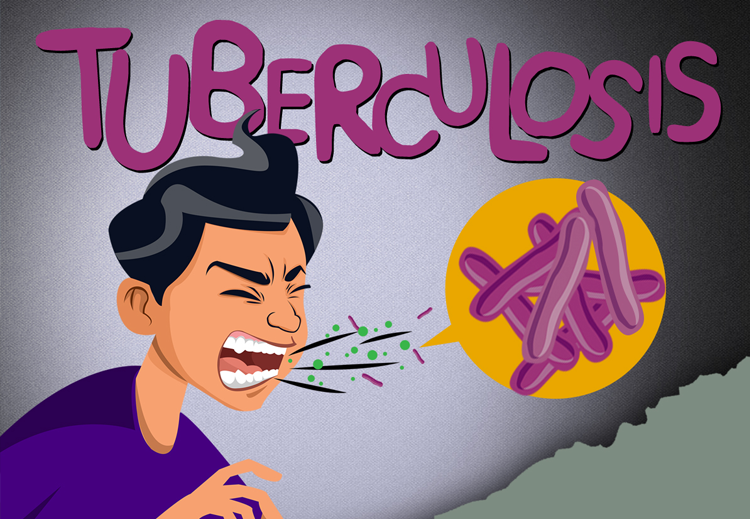
☰ Menu
Menu
August 27, 2020 | 3:45 pm

Tuberculosis (TB) is an infectious disease caused by Mycobacterium tuberculosis, a bacterium that usually attacks the lungs but can attack any part of the body. These bacteria are spread through droplets released in the air from a cough or a sneeze.
The bacteria remain inactive in your body and cause no symptoms. While inactive, a person with latent TB infection cannot infect others. However, inactive TB can become active thus making treatment integral to control the spread of infection.
A person with active TB shows symptoms and is contagious.
Symptoms and signs of active TB:
TB is a potentially serious infectious disease and would need medical attention and treatment. It is treatable and curable with standard treatment lasting for 6 months.
Tests are needed to confirm TB infection.
Medication is the most effective treatment for TB. The standard medication process lasts for at least 6 months. Proper intake, schedule and duration of medicine are crucial to avoid building resistance.
Who will guide you in your treatment?
*A relative assigned during TB DOTS Seminar who will guide you and who will ensure that you take your medications on schedule.
Side effects may be experienced during medication. Your pulmonologist will discuss this with you. If you are experiencing severe side effects, discuss it with your doctor immediately.
It takes a few weeks for an active TB to be not contagious anymore. During infectious state, follow these steps to protect your loved ones from getting infected:
References:
———————————————————————————————————————————————————-
Disclaimer:
All content found on the DLSUMC website, including text, graphics, images, audio or other formats were created for general informational purposes only and are not intended or implied to be substitutes for professional medical advice, diagnosis or treatment.
If you think you may have a medical emergency, call your doctor, go to the emergency department, or call your local emergency hotline immediately.
Other Health Articles